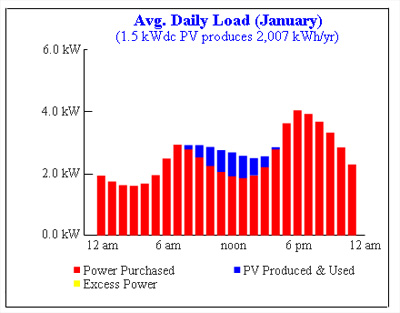Since the dawn of the environmental era — the ’70s — we have heard that the age of solar energy for our homes is coming, that eventually the price of installation is going to come down. Forty years seems like a good time to assess the possibilities of solar.
National Public Radio’s Morning Edition yesterday reported that business is so good for a company that installs solar panels in San Francisco’s Bay Area that the firms cannot find enough entry-level workers.
Things are looking up for solar, right? Apparently not.
As the conference on climate change in Bali ended, the focus was more on meeting benchmarks on reducing carbon emissions. Solar was suggested as a solution for some areas of the planet. But Minnesota is not the Sahara.
Venture capitalists reportedly will send lots of money in the direction of green companies in 2008, but they don’t see solar, apparently, as cutting edge.
It’s not hard to understand why. Even after 40 years, it’s unaffordable for most Minnesotans.
In a hunt for solar power calculators, I found one from Kyocera(Use IE. It won’t work in Firefox.), plugged in the zip code for St. Paul. and found that for the cheapest unit (recommended by the state of Minnesota’s solar energy primer), would cost $7,750 after $5,000 in tax rebates and credits. I would save $135 a year, mostly because — as you can see in the January projection — there’s not a lot of sun in these parts.

Surely there’s something wrong with these numbers. So I tried another calculator. Findsolar.com suggests that Washington County is “good” for solar power, based on a rating of 4.613 kWh/sq-m/day. Whatever that means. All I know is it told me the net cost of going solar is $57,040 and it will cost 25 years to break even (factoring in an increase in property values).
There is a glimmer of hope. Today in San Jose, Nanosolar is announcing it’s shipping panels made from a new manufacturing process for solar panels that “prints” the photovoltaic material on aluminum, cutting the cost by up to 80 percent.
It comes not a moment too soon.
After Bali, developing nations complained that they can’t afford the technology to generate clean energy. So far, the developed ones can’t either.
